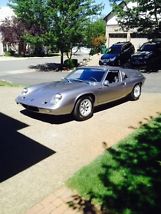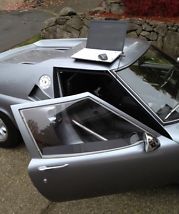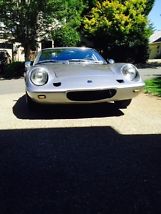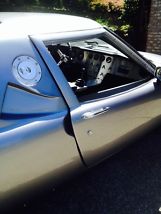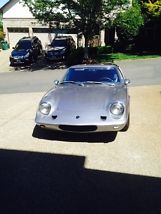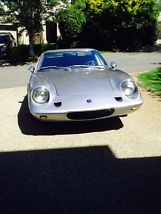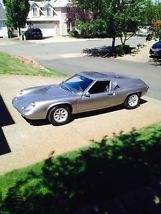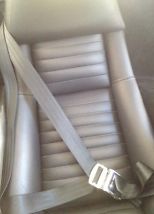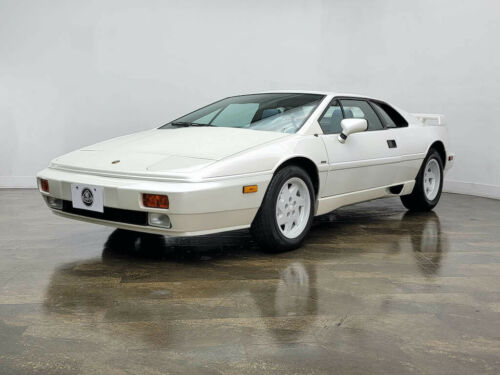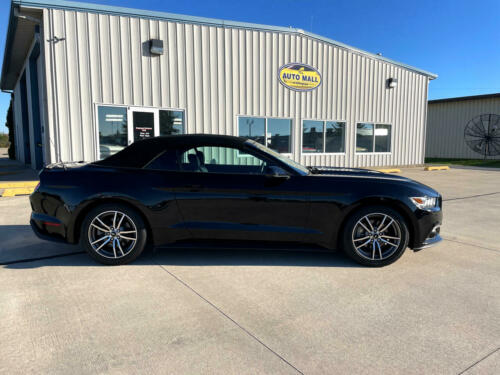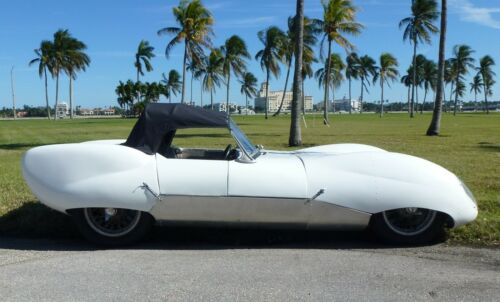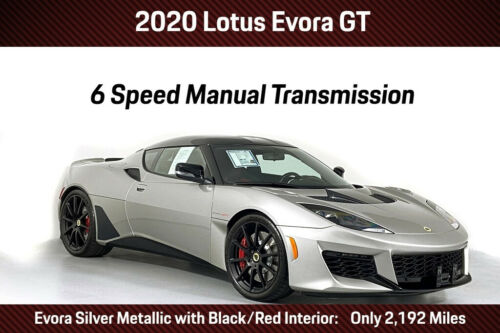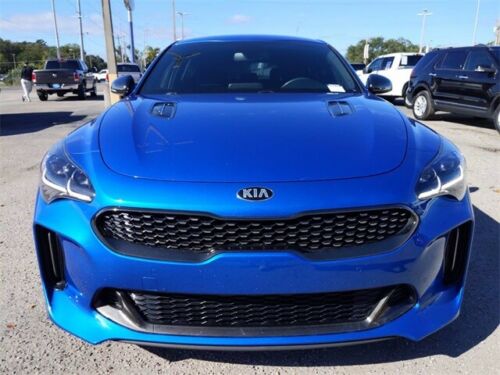1970 Lotus Europa S2 with Type 47 Features, 1.6L
Sale price: $19500,00
make an offer
Technical specifications
| Manufacturer: | Lotus |
| Model: | Other |
| Year: | 1970 |
| Type: | U/K |
| Fuel Type: | GAS |
| Color: | Silver |
| Mileage: | 54,883 |
| Transmission: | 4 Speed |
| Interior Color: | Black |
| Engine: | 1.6L 1565CC 96Cu. In. l4 GAS OHV Naturally Aspirated |
| Trim: | S2 |
| Number of Cylinders: | 4 |
| Got questions? | Ask the Seller |
Current customer rating:
 ()
()
based on 2 votes
based on 2 votes
Photos
Description
1970 Lotus Europa, S2
Here’s what was done on the car.
Chassis:
Frame off restoration.
Sandblasted the frame and had several welds toughened up. Painted the frame with silver colored POR-15 regarding possible use in a wet climate / salt air. Rolled and brushed on for better coverage. Replaced all the bushings and suspension bolts, ball joints, trunnion, U-joints on the rear drive shafts, and installed new AVO shocks and springs from Banks Lotus UK suitable for driving on the road. New stainless steel radiator transfer and interior heater pipes.
Brakes:
All the brake lines were replaced and braided stainless was used in the front and back. Re-routed the hard brake line to the rear brakes through the chassis because the old path was along the bottom of the chassis and it was then exposed to road hazards. Everything on the rear brakes was replaced including the drums, and the same thing with the front brakes except for the two large caliper bodies, that is, new stainless pistons, brake hardware, and front disks. New master cylinder.
Wheels and Tires:
New Panasport wheels and center hubs with the Lotus Mark. Michelin Defender R70/175 tires including the spare up front. The wheels and tires look period correct on the car, and especially since the body has been modified to resemble the Lotus Type 47.
Engine, Clutch, and Transmission:
The original Renault motor needed to be rebuild. Located and purchased a Renault test engine with 9/1 pistons that had only been run briefly and stored. In this regard, the tops of the pistons, valves and head were perfectly clean and in “as new” condition, and the honing on the cylinder walls was still visible. This engine burns regular gas and has greater low end torque. A new header and Weber carburator was installed and so the engine is believed to deliver the same 82 HP as the original. New motor and transmission mounts, temperature, and oil pressure senders, clutch, speedometer and clutch cables, and stainless gas tank from Banks Lotus UK. Transmission needed nothing but new seals and oil.
Rear Screen and Exhaust:
The rear screen and license plate mounting was replaced with custom stainless steel ventilated components matching the new stainless steel dash. In this regard, the new header is coupled with a small torpedo style muffler and the exhaust system no longer passes through the body, but is routed underneath on the left side and the body is shielded. Looks and sounds better than the original.
Electrical:
Replaced all of the wiring using an E-Z wire kit and eliminated the Ammeter in favor of a Voltmeter for safety reasons, and also replaced the alternator with a modern one. This provides about a dozen easy to access modern fuses on the driver side. New Sears Die Hard battery. Lucas Sport Coil. Fast cranking starter.
Soundproofing:
The entire cabin was soundproofed with 3M Dynamat, and 1/4’ butyl rubber was then put on the floors to dampen noise, and closed cell 1/4” EVA foam (waterproof) was placed over everything. Unlike the Lotus Elan convertible, the Europa can be like sitting inside a guitar unless you do something about the vibration. This one is pleasant to drive from a vibration standpoint, and the header and small muffler sounds good.
Interior:
Custom stainless steel dash and center console. All of the switches are new Lucas duckbill toggles as on the Lotus Elan. No glove box or radio. Clean prototype / race look. Lotus VIN badge is mounted on the dash. Provided individual switches for lights, heater (new heater fan mounted internally), manual and automatic switches for fan on radiator (new exterior fan), cabin cool air fan, hazard lights, wipers, and modern electric wiper wash. New Carpeting, and headliner. The seats were recovered in 2-part black leather and the stitching is a silver color matching the exterior of the car. Marine grade black synthetic leather was used on the two door panels given the possibility of exposure to rain / moisture. New rubber seals for the front and rear windows, and door seals.
Consistent with the Lotus Type 47
Modified the doors and eliminated the small V shaped glass and power glass windows and converted the doors to receive pop-in removable plexiglass windows made by Banks Lotus UK. The plexiglass windows are not drilled or hinged, but instead can be trapped and held in place by 5 stainless allen head bolts. The doors are now lighter and also more attractive and sturdy. The doors were also modified to include a more functional and attractive pull handle to match the stainless steel dash.
In sum, if you want go on a trip and think it could rain you can install and use the removable windows in a few minutes, but otherwise the window space is open and you then have much better visibility and driving experience. The removable windows can be stored in the front compartment or rear trunk area which both include carpeting.
Body and Exterior:
The body was stripped and sanded down to bare fiberglass, and all of the stress cracks were ground out and repaired. And then the entire exterior of the body was given a new fiberglass veil coat. The body was then given a skim coat of filler and sanded by hand with long sanding bar to level. As a result, a lot of the waviness found with Lotus cars has been eliminated. Paint job was done with fast build primer, sealer, and Diamont Paint. The color is a blue tinted silver metallic sometimes used on Jaguar cars.
In order to strengthen the fiberglass body and eliminate the possibility of flexion which can produce stress cracks, 3 gallons of fiberglass resin and matt was added to certain portions of the car. In this regard, two layers were added to the bulkhead, the interior of the roof, the doors, the entire nose section, the hood, the trunk lid, and the curved areas surrounding the openings for the hood and trunk lid, and also the bumper areas. Given that the car was not being prepared to race, the addition of about 40 pounds to a car that didn’t weight 1400 was believed to be a good idea. It both makes the car safer and will also prevent stress cracks from coming back again in the future.
Two V shaped air scoops were added to the nose section which helps with cooling, and two new fiberglass sections obtained from Banks Lotus UK including rear air scoops and side gas fillers as used on the racing Type 47 model were added to both rear wings. No more pouring gas over the back of the car near a hot engine. In this regard, the Type 47 modifications to the front, wings, and doors are functional and improve the appearance of the car.
The car has only been driven about 2,000 miles since the restoration, and mostly to properly break-in the engine. Oil was changed at 500, and 1,500 miles and then re-torqued the head and adjusted the valves.
Also published at eBay.com
Here’s what was done on the car.
Chassis:
Frame off restoration.
Sandblasted the frame and had several welds toughened up. Painted the frame with silver colored POR-15 regarding possible use in a wet climate / salt air. Rolled and brushed on for better coverage. Replaced all the bushings and suspension bolts, ball joints, trunnion, U-joints on the rear drive shafts, and installed new AVO shocks and springs from Banks Lotus UK suitable for driving on the road. New stainless steel radiator transfer and interior heater pipes.
Brakes:
All the brake lines were replaced and braided stainless was used in the front and back. Re-routed the hard brake line to the rear brakes through the chassis because the old path was along the bottom of the chassis and it was then exposed to road hazards. Everything on the rear brakes was replaced including the drums, and the same thing with the front brakes except for the two large caliper bodies, that is, new stainless pistons, brake hardware, and front disks. New master cylinder.
Wheels and Tires:
New Panasport wheels and center hubs with the Lotus Mark. Michelin Defender R70/175 tires including the spare up front. The wheels and tires look period correct on the car, and especially since the body has been modified to resemble the Lotus Type 47.
Engine, Clutch, and Transmission:
The original Renault motor needed to be rebuild. Located and purchased a Renault test engine with 9/1 pistons that had only been run briefly and stored. In this regard, the tops of the pistons, valves and head were perfectly clean and in “as new” condition, and the honing on the cylinder walls was still visible. This engine burns regular gas and has greater low end torque. A new header and Weber carburator was installed and so the engine is believed to deliver the same 82 HP as the original. New motor and transmission mounts, temperature, and oil pressure senders, clutch, speedometer and clutch cables, and stainless gas tank from Banks Lotus UK. Transmission needed nothing but new seals and oil.
Rear Screen and Exhaust:
The rear screen and license plate mounting was replaced with custom stainless steel ventilated components matching the new stainless steel dash. In this regard, the new header is coupled with a small torpedo style muffler and the exhaust system no longer passes through the body, but is routed underneath on the left side and the body is shielded. Looks and sounds better than the original.
Electrical:
Replaced all of the wiring using an E-Z wire kit and eliminated the Ammeter in favor of a Voltmeter for safety reasons, and also replaced the alternator with a modern one. This provides about a dozen easy to access modern fuses on the driver side. New Sears Die Hard battery. Lucas Sport Coil. Fast cranking starter.
Soundproofing:
The entire cabin was soundproofed with 3M Dynamat, and 1/4’ butyl rubber was then put on the floors to dampen noise, and closed cell 1/4” EVA foam (waterproof) was placed over everything. Unlike the Lotus Elan convertible, the Europa can be like sitting inside a guitar unless you do something about the vibration. This one is pleasant to drive from a vibration standpoint, and the header and small muffler sounds good.
Interior:
Custom stainless steel dash and center console. All of the switches are new Lucas duckbill toggles as on the Lotus Elan. No glove box or radio. Clean prototype / race look. Lotus VIN badge is mounted on the dash. Provided individual switches for lights, heater (new heater fan mounted internally), manual and automatic switches for fan on radiator (new exterior fan), cabin cool air fan, hazard lights, wipers, and modern electric wiper wash. New Carpeting, and headliner. The seats were recovered in 2-part black leather and the stitching is a silver color matching the exterior of the car. Marine grade black synthetic leather was used on the two door panels given the possibility of exposure to rain / moisture. New rubber seals for the front and rear windows, and door seals.
Consistent with the Lotus Type 47
Modified the doors and eliminated the small V shaped glass and power glass windows and converted the doors to receive pop-in removable plexiglass windows made by Banks Lotus UK. The plexiglass windows are not drilled or hinged, but instead can be trapped and held in place by 5 stainless allen head bolts. The doors are now lighter and also more attractive and sturdy. The doors were also modified to include a more functional and attractive pull handle to match the stainless steel dash.
In sum, if you want go on a trip and think it could rain you can install and use the removable windows in a few minutes, but otherwise the window space is open and you then have much better visibility and driving experience. The removable windows can be stored in the front compartment or rear trunk area which both include carpeting.
Body and Exterior:
The body was stripped and sanded down to bare fiberglass, and all of the stress cracks were ground out and repaired. And then the entire exterior of the body was given a new fiberglass veil coat. The body was then given a skim coat of filler and sanded by hand with long sanding bar to level. As a result, a lot of the waviness found with Lotus cars has been eliminated. Paint job was done with fast build primer, sealer, and Diamont Paint. The color is a blue tinted silver metallic sometimes used on Jaguar cars.
In order to strengthen the fiberglass body and eliminate the possibility of flexion which can produce stress cracks, 3 gallons of fiberglass resin and matt was added to certain portions of the car. In this regard, two layers were added to the bulkhead, the interior of the roof, the doors, the entire nose section, the hood, the trunk lid, and the curved areas surrounding the openings for the hood and trunk lid, and also the bumper areas. Given that the car was not being prepared to race, the addition of about 40 pounds to a car that didn’t weight 1400 was believed to be a good idea. It both makes the car safer and will also prevent stress cracks from coming back again in the future.
Two V shaped air scoops were added to the nose section which helps with cooling, and two new fiberglass sections obtained from Banks Lotus UK including rear air scoops and side gas fillers as used on the racing Type 47 model were added to both rear wings. No more pouring gas over the back of the car near a hot engine. In this regard, the Type 47 modifications to the front, wings, and doors are functional and improve the appearance of the car.
The car has only been driven about 2,000 miles since the restoration, and mostly to properly break-in the engine. Oil was changed at 500, and 1,500 miles and then re-torqued the head and adjusted the valves.
Also published at eBay.com
